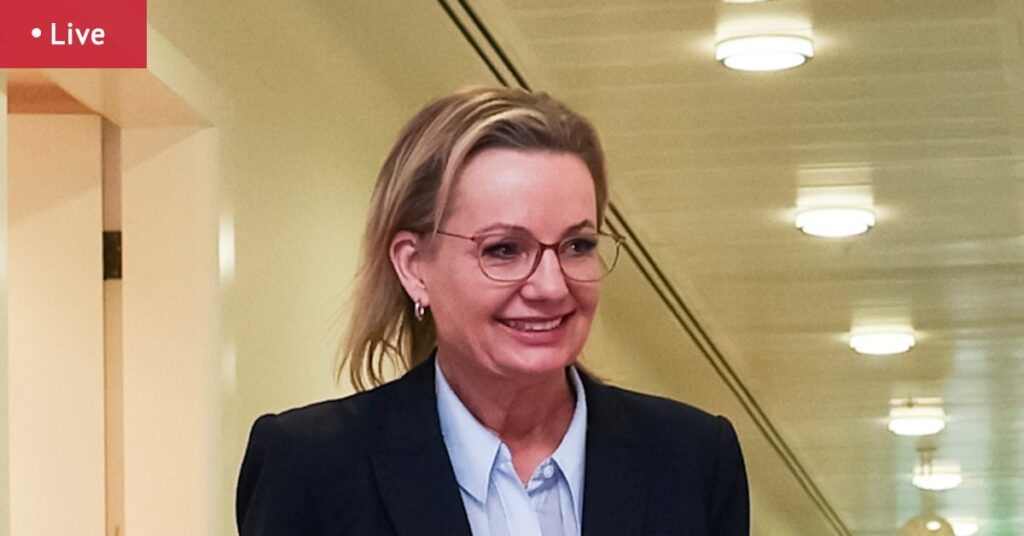
The Liberal Party convened in Canberra today for a marathon five-hour meeting to deliberate on its energy policy, particularly focusing on the contentious issue of net zero emissions by 2050. Of the 51 MPs present, 49 took to the floor to express their views, revealing a significant divide within the party. According to sources, 17 MPs supported maintaining the net zero commitment, while 28 advocated for its abandonment, with the remaining four not clearly stating their stance.
The meeting culminated in a press conference led by Dan Tehan, the party’s energy and emissions reduction spokesperson. Tehan introduced a list of 10 “energy and emissions reduction principles,” which notably included a rejection of the government’s “unrealistic” emissions reduction targets. However, he refrained from disclosing the exact number of MPs favoring the net zero goal, indicating that further work on the policy was necessary before a formal announcement scheduled for the following day.
Internal Party Dynamics and Leadership Aspirations
The internal debate has also highlighted leadership aspirations and strategic maneuvering within the party. Andrew Hastie, a prominent leadership contender, suggested the possibility of triggering a double dissolution election over the net zero target. Meanwhile, conservative frontbencher Michaelia Cash rallied her colleagues to abandon the net zero commitment, drawing parallels to the Coalition’s successful campaign against Labor’s Voice to Parliament referendum in 2023.
Victorian Senator Sarah Henderson criticized the Liberal Party’s federal director, Andrew Hirst, for his research suggesting that voters associate “net zero” with credible climate action. Henderson also expressed frustration over leaks to the press, specifically targeting Sussan Ley’s leadership.
Proposed Alternatives and Policy Implications
Amidst the heated discussions, Victorian MP Tim Wilson proposed a new model, termed the “net zero valve,” which would allow for a delay in reaching the 2050 target if electricity prices increase faster than inflation. This proposal aims to balance environmental commitments with economic realities, a sentiment echoed by many within the party.
The meeting’s outcome remains uncertain, as Tehan emphasized the need for unity and a coherent policy. He stated, “What you will hear tomorrow is our formal policy. Through all contributions in the room today, everyone again struck an accord by saying we have to come together, we have to have a policy and then we’ve all got to unite behind that policy.”
Broader Political Context and Future Steps
The Liberal Party’s internal debate comes at a critical time, as the Coalition seeks to consolidate its policy stance with the Nationals, who recently abandoned the net zero commitment. The outcome of these discussions will be pivotal in shaping the Coalition’s energy policy and its appeal to voters, particularly in seats held by climate-focused independents.
Liberal Senator Dave Sharma, addressing concerns about the party’s energy principles, stated, “People realize that renewable energy alone will not be able to support our electricity grid without some gas, without some coal, without larger scale storage. It’s just not going to be able to do it.”
Sharma emphasized the need for a credible policy that can garner national support, saying, “We are a nationally based party that seeks to form government and that seeks to command broad support across Australia.”
As the party prepares for further discussions, including a shadow cabinet meeting and a full Coalition meeting, the focus will be on developing a policy that balances environmental responsibilities with economic and energy security concerns.
The Liberal Party’s deliberations on net zero are not only a reflection of internal divisions but also a microcosm of the broader national debate on climate policy, energy security, and economic growth. As the world grapples with the impacts of climate change, the decisions made in Canberra will have far-reaching implications for Australia’s future.






